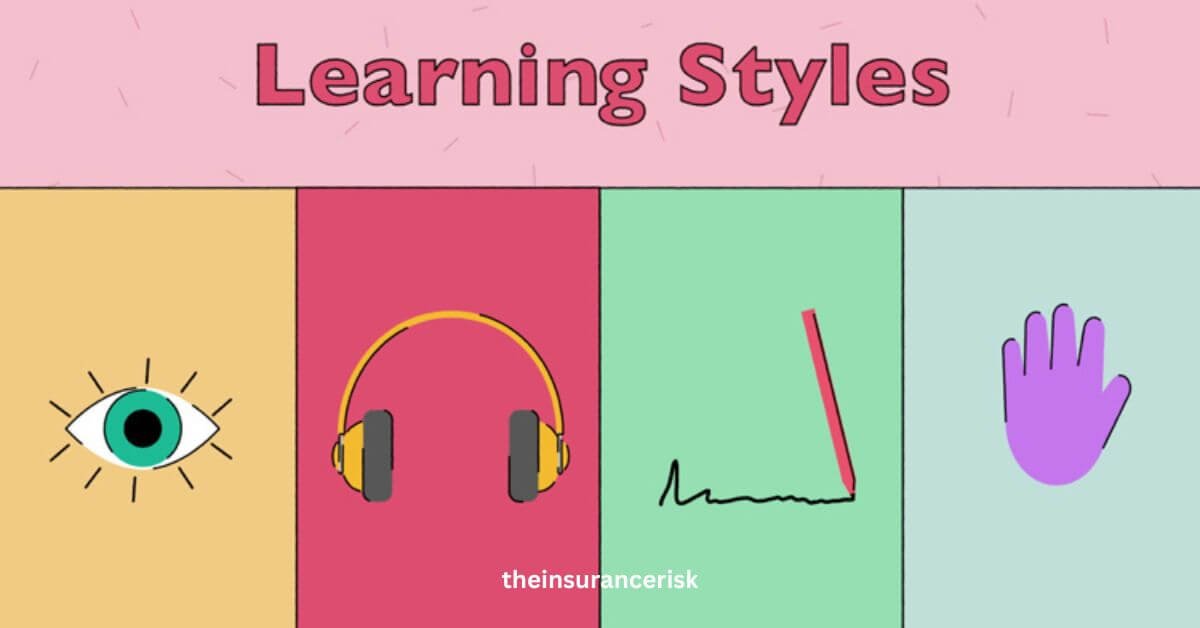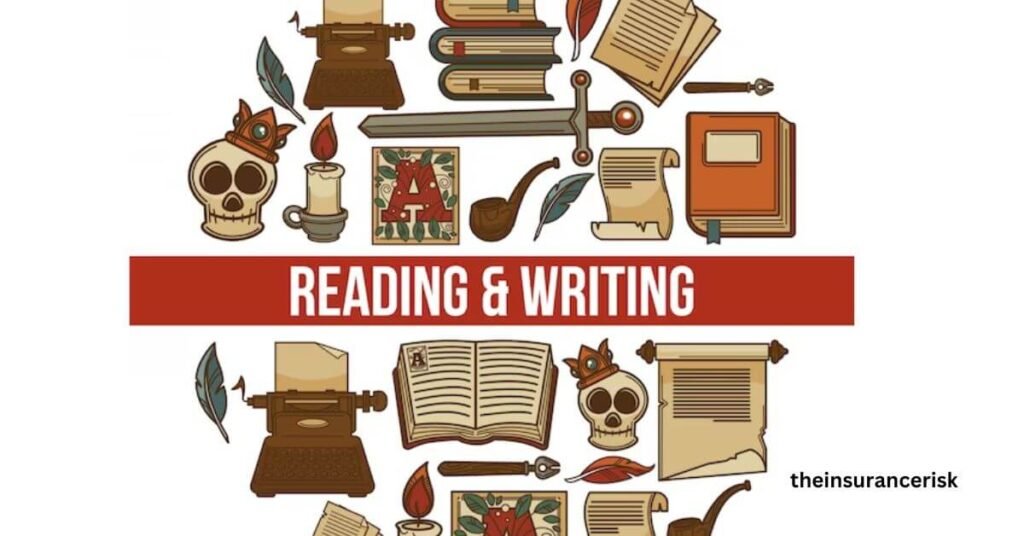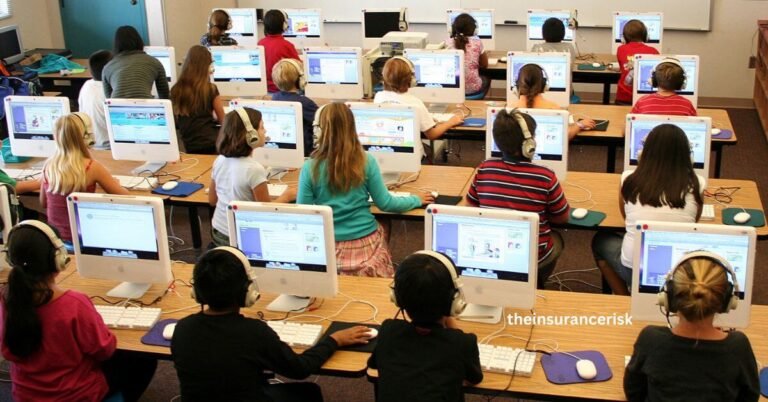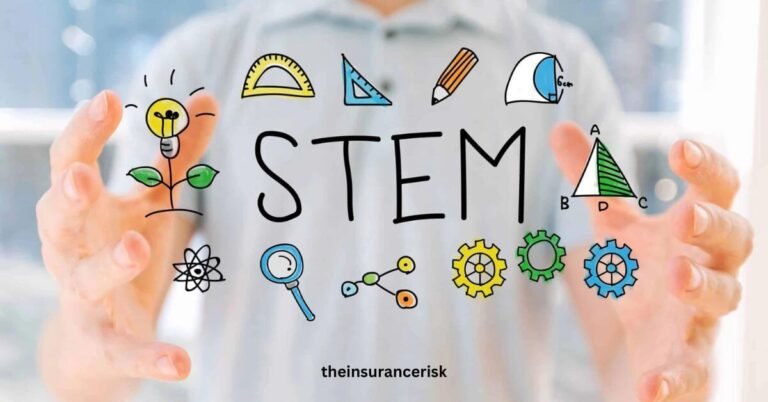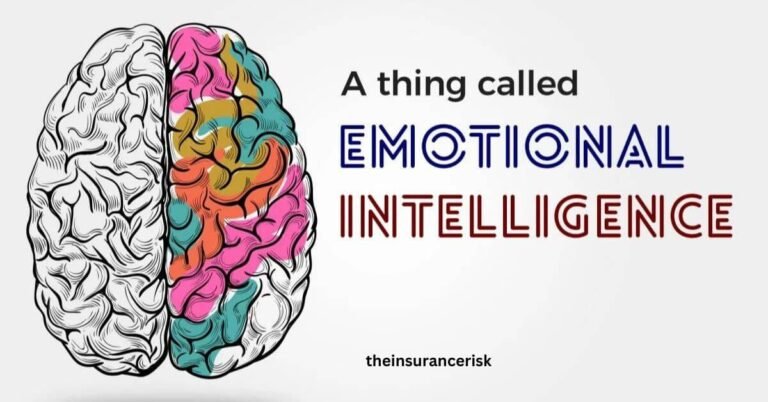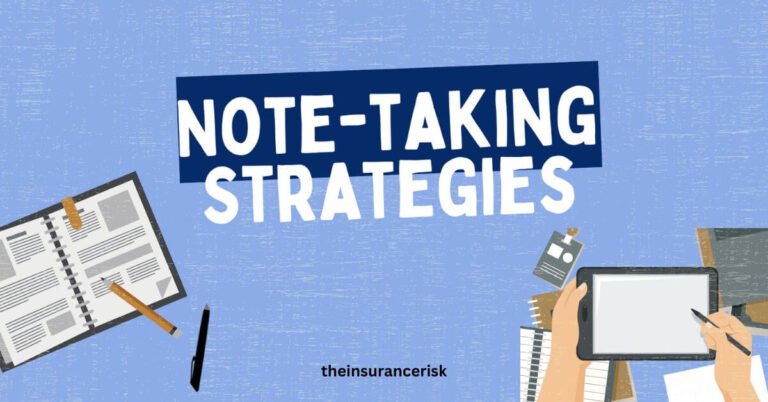Exploring Various Learning Styles: Find Yours!
Exploring how we learn best is a personal journey each of us takes. Understanding our unique learning styles is crucial to unlocking our full potential. In a world filled with various ways of absorbing information, recognizing our individual preferences can make learning more efficient and enjoyable. The spectrum of learning styles offers diverse approaches to explore, from visual to auditory, kinesthetic to logical. Join us as we delve into this intriguing realm, where discovery meets empowerment, and the journey to find our learning style begins.
Unlocking the Authority of Visual Learning
The learning style known as visual learning is a powerful tool for understanding and remembering information. Visual learners use images, diagrams, and videos to grasp concepts more easily. Seeing information visually helps them make connections and remember details better. Moreover, visual learning sparks imagination, making complex topics easier to understand and sparking curiosity. By embracing this learning style, individuals can access various resources and techniques that enhance their learning journey. From colorful infographics to engaging presentations, visual learning offers many possibilities.
Analyzing the Auditory Aspect of Learning Styles
When it comes to different ways of learning, the auditory aspect offers a unique way to absorb information. Among the various learning styles, auditory learners excel at listening and hearing. They prefer spoken explanations, lectures, and discussions because they find it easier to understand concepts through sound. By actively listening, auditory learners can pick up on details that might be missed otherwise. Also, interacting with audio materials like podcasts, music, or audiobooks boosts their learning process, sparking curiosity and deepening understanding. Exploring the auditory dimension of learning styles opens up new opportunities for learning and personal growth.
Exploring Kinesthetic Learning Preferences
Regarding how people learn, kinesthetic preferences provide a hands-on approach. For kinesthetic learners, movement and physical activity are crucial for learning. They excel when actively interacting with materials, touching, manipulating, and exploring them. Whether experimenting in a lab, building models or joining interactive activities, kinesthetic learners grasp information best when fully immersed in the experience. This hands-on engagement improves understanding and creates a stronger bond with the subject matter, making learning more meaningful and memorable.
People can leverage their natural strengths and enhance their learning journey by embracing kinesthetic learning preferences. Traditional teaching methods like lectures or reading alone might also not work for kinesthetic learners. Instead, integrating movement and hands-on activities into the learning setting can greatly boost understanding and memory. Whether through role-playing, simulations, or physical demonstrations, offering kinesthetic learners opportunities to engage actively can result in better academic performance and a more enjoyable learning process.
Reading and Writing
Regarding how people learn, reading and writing preferences suit those who understand text well. These learners excel when reading written materials in grasping and remembering information. They do best with textbooks, articles, and written instructions, as these resources allow them to go through knowledge at their speed. Moreover, tasks like note-taking, summarizing, and essay writing give them chances to think deeply about the material. By diving into written content and actively participating in writing assignments, individuals with reading and writing preferences can improve their learning experience and succeed academically.
Exploring Logical and Analytical Learning Styles
Exploring logical and analytical learning styles shows a unique way of understanding things. People who prefer these styles are great at critical thinking and solving problems. They’re good at breaking down complicated ideas into smaller parts and analyzing them step by step.
These learners do well in organized settings that focus on logic, reasoning, and making decisions based on evidence. They enjoy tasks where they must carefully assess and logically figure things out. When ideas are explained clearly and presented in an organized way, they can better connect concepts and reach conclusions.
By embracing logical and analytical learning styles, individuals improve their thinking skills and better understand the world. They can handle complex information confidently and accurately with structured learning environments and tasks that match their strengths.
We are exploring social and linguistic learning styles.
Social and linguistic learning styles involve a unique way of learning. People who prefer these styles do well in interactive and communicative settings. They thrive when collaborating with others, sharing ideas, and discussing different viewpoints. They also have a passion for language and communication, finding joy and achievement in group discussions, debates, and presentations. Individuals with these learning styles improve their understanding of various subjects and build strong interpersonal skills by getting involved in social interactions and language-related activities.
Solitary Learning Preferences
Among the different ways people learn, solitary learning preferences offer a unique way to gain knowledge. Those who prefer solitary learning feel comfortable and effective when studying alone. They do well in quiet, isolated settings where they can concentrate on their studies without distractions. These learners thrive when they have the freedom to explore their interests, do research, read, and reflect at their own pace.
For solitary learners, self-directed learning is key to their education. They like working independently, setting goals, and managing their time well. Through solitary exploration, they feel in control of their learning process, allowing them to pursue their interests and study subjects deeply. This learning style promotes independence and self-sufficiency, empowering individuals to take charge of their education and reach their academic goals.
Nature-Based Learning Preferences
Regarding learning styles, nature-based preferences offer a unique way of educating oneself. People drawn to these preferences thrive in natural settings, finding peace and inspiration outdoors. For them, learning becomes an experience that engages all the senses as they observe, touch, and interact with nature.
These learners do best when they can explore and discover the wonders of the natural world on their own. They enjoy hands-on learning experiences like hiking in forests, observing wildlife, or gardening. Spending time in nature develops a deep appreciation for the environment and helps them better understand various concepts.
Through nature-based learning, individuals form a strong connection with the world around them while also improving their critical thinking and problem-solving skills. As they explore ecosystems and observe natural phenomena, they gain insights beyond what traditional classrooms offer, promoting a well-rounded approach to learning.
Conclusion
To sum up, exploring different ways people learn has shown us the many ways individuals take in and understand information. Knowing and recognizing our unique learning styles can make our education work better for us. Whether visual, auditory, kinesthetic or something else, it’s important to acknowledge and use our strengths. This journey of finding ourselves helps us understand things better, remember more, and do well in school overall.
As we learn about different learning styles, let’s stay open to new things and opportunities to grow. Knowing how we learn best is the first step to doing our best in school and life.
FAQS
What do learning styles mean?
Learning styles are the different ways people understand and process information effectively. They include methods such as visual, auditory, and kinesthetic.
How can I figure out my learning style?
To find your learning style, observe how you naturally prefer to learn. Thinking about these preferences can help you identify your main learning style.
Why is it important to understand my learning style?
Knowing your learning style is important because it helps you customize your study methods to fit your needs. By matching your learning approach to your preferences, you can improve how well you understand, remember, and do in school.
Do learning styles stay the same?
While learning styles usually stay consistent, they can also change as people gain new skills and interests. It’s a good idea to check your learning style occasionally to ensure your study techniques still match your current preferences and strengths.

